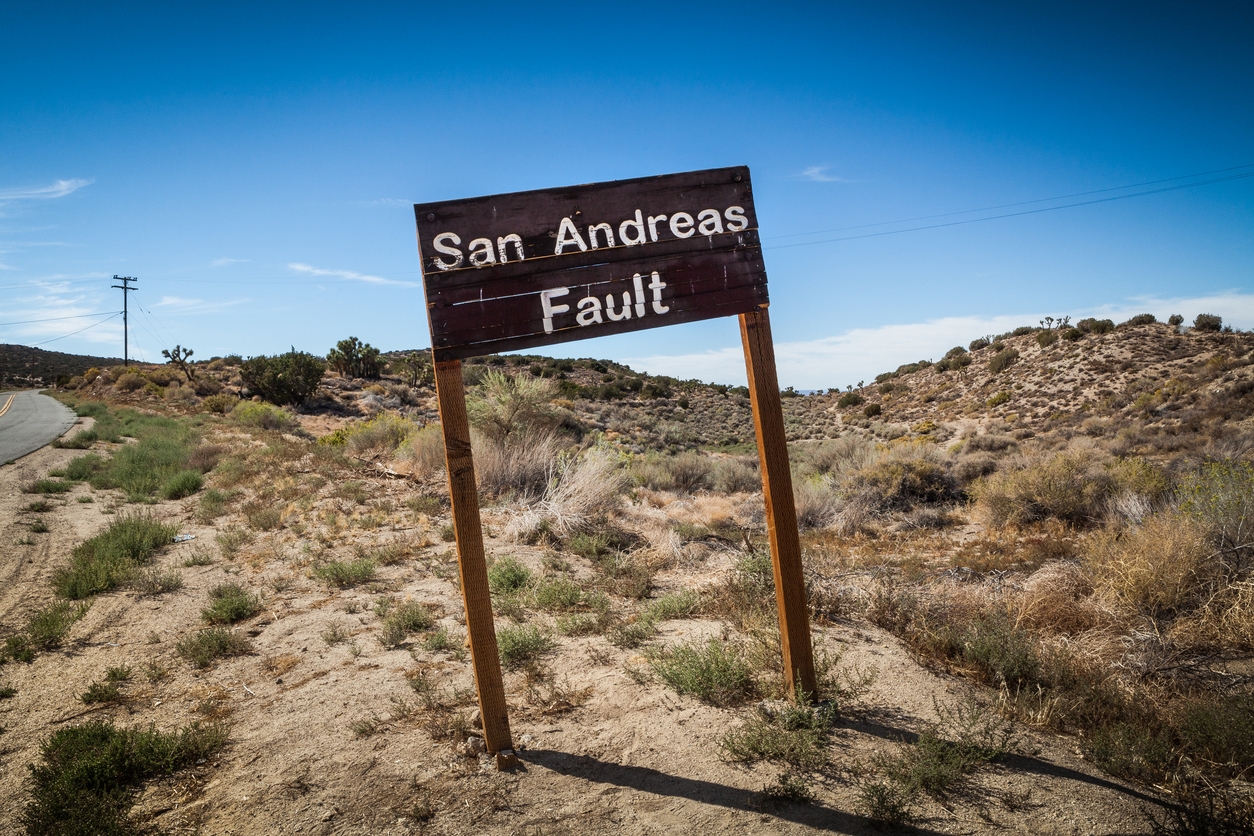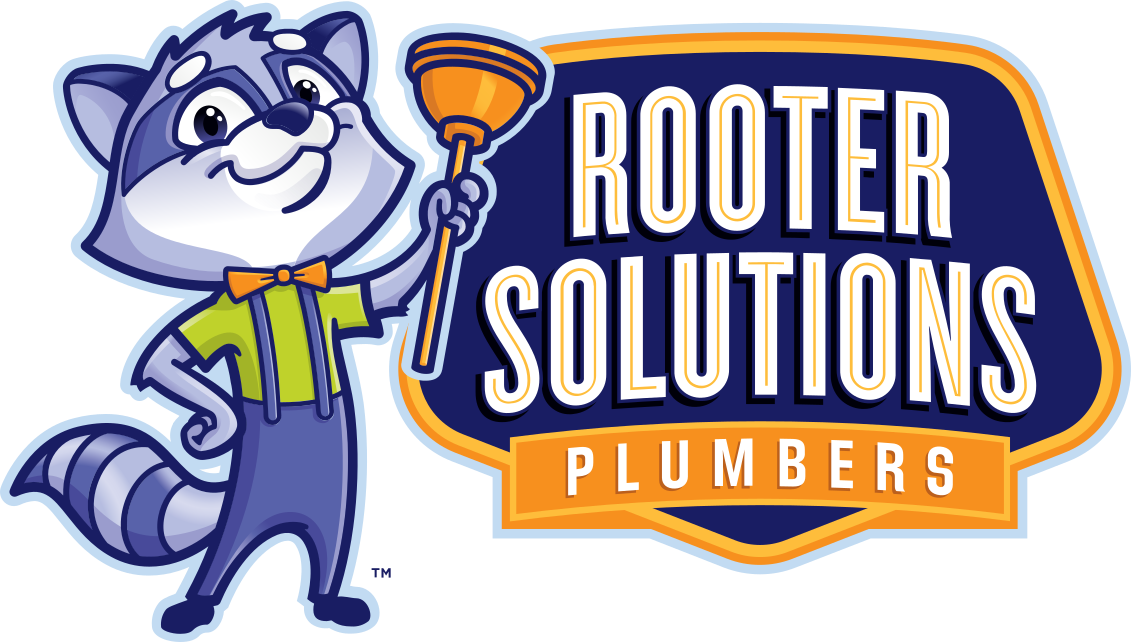Living in San Jose, California, means enjoying sunny days, great food, and a vibrant community, but it also means living near active fault lines. When an earthquake hits, your sewer line is one of the hidden parts of your home that can take a big hit. Cracks, shifts, and blockages in your sewer system can lead to bad smells, slow drains, water damage, and expensive repairs.
The good news? You can take steps now to keep your plumbing safer from seismic damage. At Rooter Solutions, we handle sewer line repair in San Jose and use installation and repair methods that can help protect your sewer pipe before the shaking starts.
In this guide, we’ll cover how quakes affect sewer lines, the signs that something’s wrong, and options for repairs and inspections, including what to expect from a sewer camera inspection.
Why Earthquakes Threaten Sewer Lines in San Jose
San Jose sits right in the middle of California’s earthquake country, with active fault lines like the San Andreas and Calaveras nearby. If you’ve ever wondered how do earthquakes break sewer lines, the answer comes down to the way the ground moves during seismic activity. Shifting soil can crack, misalign, or fully separate underground pipes.
Older clay or cast iron pipes, which are more common in older homes in our area, are especially vulnerable because they’re rigid and can’t flex with shifting soil. Even newer PVC lines can be damaged if the movement is severe enough. The result? Wastewater has nowhere to go, which can mean messy backups inside your home or leaks underground that you might not notice right away.
Aside from the headache and repair costs, damaged sewer lines can also cause water damage or impact water pressure in your home. Being proactive through inspections, maintenance, and earthquake retrofitting can save you a lot of stress after the next quake, especially for older homes in the area.
For the latest on local earthquake activity, you can always check the US Geological Survey or the City of San Jose Earthquake Preparedness resources.
Common Types of Earthquake-Related Sewer Line Damage
When an earthquake hits, the shaking can do different kinds of harm to your underground sewer lines. In San Jose, these are the issues most likely to show up after a quake:
- Cracked or broken pipes: Sudden soil movement can split a sewer pipe and allow sewage to leak into the ground.
- Pipe misalignment: Shifting can pull pipe sections apart, creating gaps that cause leaks and blockages.
- Root intrusion: Even small cracks give tree roots a way in, which can block flow and make damage worse.
- Debris blockages: Rocks, soil, and other materials can get pushed into the pipe, slowing or stopping drainage.
Spotting these problems early helps prevent bigger repairs and keeps your sewer system working safely.
Signs Your Sewer Line May Be Damaged After a Quake
Some problems show up right away after an earthquake. Others develop slowly over days or weeks. Watch for these warning signs:
- Unpleasant odors: A strong sewage smell inside or outside can mean a leak underground.
- Slow drains: Sinks, tubs, or toilets that drain slowly may be blocked by shifted pipes or debris.
- Wet spots in the yard: Patches of soggy soil or standing water can signal a leak below the surface.
- Higher water bills: A sudden, unexplained increase can indicate a hidden plumbing issue.
If you notice one or more of these, schedule a sewer line inspection to confirm the problem and prevent further damage.
Common Questions About San Jose Sewer Lines and Earthquakes
What should I do if I suspect sewer damage after an earthquake?
After the shaking stops, check for slow drains, foul odors, or wet patches in the yard. Limit water use, avoid stressing your plumbing, and call a licensed plumber to schedule a sewer line inspection. This helps prevent further damage, including water damage to your home or fixtures like your water heater.
What’s involved in a sewer line inspection?
A plumber uses a sewer camera inspection, sometimes referred to as a sewer scope inspection, to look inside your sewer pipe without digging. The camera is fed through an access point to identify cracks, root intrusion, blockages, or misaligned sections. The process is non-invasive and gives a clear picture of your sewer system’s condition.
How long does a sewer line inspection take?
Most inspections take one to two hours, depending on the access point and the condition of your sewer pipe. The more complex the issue or the longer the line, the more time it may take to complete the inspection.
How much does a sewer line camera inspection cost?
The sewer line camera inspection cost in San Jose varies based on factors like pipe length, complexity, and the location of the access point. While it’s an upfront expense, early detection can save thousands in repairs, making it a cost effective investment in the long run.
When should I schedule a sewer inspection if no damage is obvious?
Even if there are no visible signs, it’s smart to schedule a sewer line inspection within a few weeks after a significant quake, especially for older homes. This ensures small cracks or misalignments are found early before they cause bigger problems.
Earthquake Retrofit Options for San Jose Sewer Lines
Strengthening your sewer line before the next earthquake can reduce the risk of major damage and give you peace of mind. These retrofit solutions help keep your plumbing intact when the ground moves:
- Flexible piping: Materials like HDPE can flex with soil movement, reducing the chance of cracks or breaks.
- Trenchless sewer repair: This method reinforces or replaces sections of pipe without digging up your yard, minimizing disruption and making it a more affordable option compared to a full sewer line replacement.
- Reinforced joints and connections: Stronger seals and couplings prevent sections from pulling apart during seismic activity.
A licensed plumber can evaluate your current system and recommend the best approach for your home’s location, soil type, and pipe condition.
Long-Term Protection and Maintenance
Keeping your sewer line earthquake-ready takes a mix of preventive upgrades and routine care. Even small improvements can make a big difference when the ground starts to move.
- Schedule regular inspections: Have a professional check your sewer line every 1–2 years, especially if your home is near an active fault line.
- Upgrade older pipes: Replace brittle clay or cast iron lines with flexible materials that can better withstand shifting soil.
- Maintain your yard: Keep trees and large shrubs away from sewer lines to reduce the risk of root intrusion.
- Plan for retrofits: Reinforcing joints and using trenchless lining can strengthen your system without major excavation.
Consistent upkeep now can save you from costly repairs after the next quake.
Work With Licensed Pros in San Jose
Earthquake-related sewer repairs require the right skills, tools, and knowledge of San Jose’s building codes. Licensed plumbers make certain repairs meet safety standards and handle any necessary permits, saving you time and stress.
At Rooter Solutions, our licensed and insured technicians bring 30+ years of local experience to every job. We understand the area’s soil conditions and fault line risks, and we use advanced tools to deliver lasting repairs. Our goal is to protect your home and provide the clear communication and reliable service you deserve.
Protect Your Home With Rooter Solutions in San Jose, CA
Keep your plumbing safe from earthquake damage with help from Rooter Solutions in San Jose, CA. Our licensed team offers expert sewer line repair, replacement, and camera inspections to protect homes across San Jose, Santa Clara, Palo Alto, Campbell, and nearby communities. Call us today or request your free estimate online!



 408-728-4978
408-728-4978